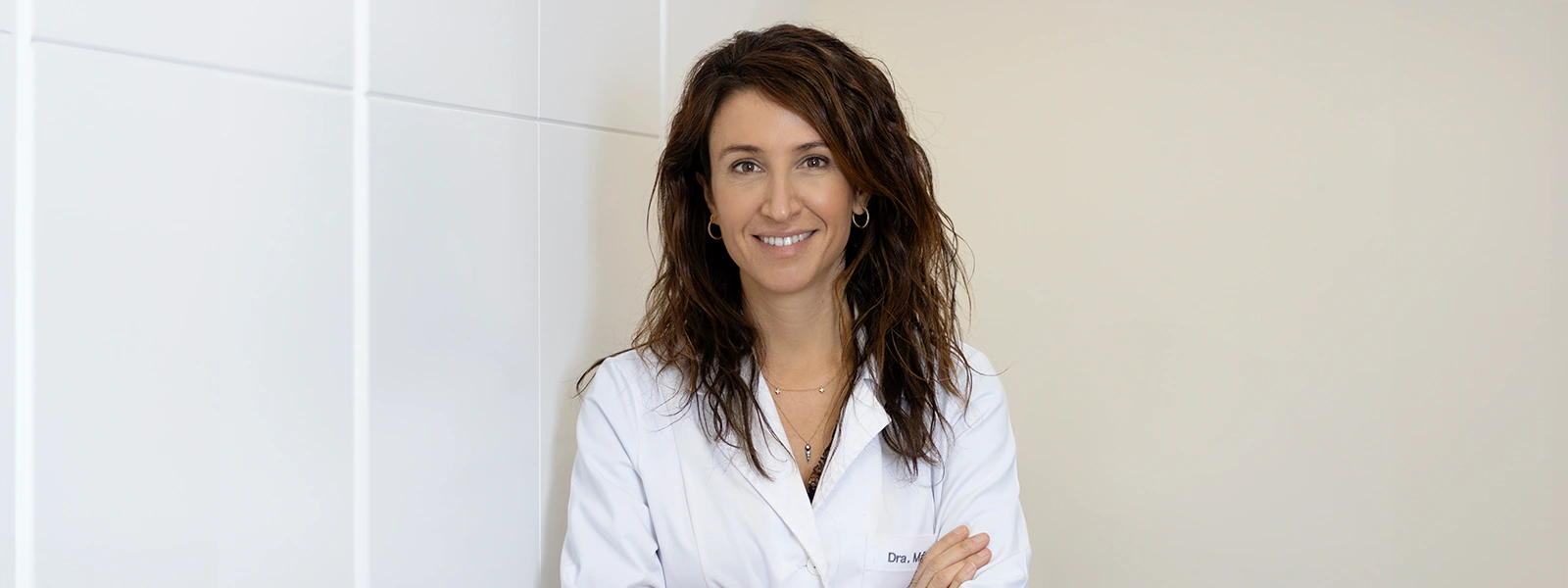The different phases of women’s skin
The skin, like the rest of the body’s organs, changes over time. It is important to learn proper skin care habits beginning in childhood. Children's skin, for example, is more immature and sensitive to solar radiation, so it is critical to limit sun exposure during the first three years of life, protecting them with age-appropriate clothing, hats, sunglasses, and sunscreen. It is important to instill in them the importance of photoprotection from a young age to help them build healthy habits for life. Solar damage caused by ultraviolet radiation in childhood and adolescence leads to a higher risk of skin cancer in adulthood. Sunburns in childhood and adolescence will multiply the risk of developing melanoma in the future by a factor of 20.
Puberty
From puberty, the skin begins to undergo changes due to the influence of hormones. The activity of the sebaceous glands in adolescent skin increases, which is why facial skin and scalp become oilier. Excess oil can sometimes cause acne, which can become severe and necessitate proper dermatological treatment, both topical and oral, to reduce the risk of acne scars.
Other glands that activate just before puberty are the apocrine sweat glands, which are located in the armpits and other areas of the body.
Currently, the phenomenon of “skin care” is fashionable at this age, which means beginning a facial skincare routine. From a dermatological standpoint, it is encouraging that girls of this age are interested in skin care, but they should avoid having complex skincare routines and using multiple products that may aggravate their skin at that age.
My recommendation for this stage is to develop the habit of daily facial hygiene, which includes washing the face with a suitable product that helps avoid excess oil and using appropriate oil-free moisturizing products, as well as acne treatments if necessary.
Women in their 20s have plenty of energy and capacity, as well as good overall health. Our bodies adapt to our lifestyles, and we perform better than ever physically. Endogenous aging is determined primarily by genetics, but everything has an impact. Our skin ages much faster if, at the age of 20, we expose it to the sun, abuse tobacco and alcohol, eat poorly, and get too little sleep. The skin in this decade is no longer as oily, so serums or creams containing hyaluronic acid or alpha hydroxy acids are extremely beneficial.
30s and 40s: The first signs of aging
It is critical to maintain a healthy lifestyle beginning at the age of 30, as this has a significant impact on the condition of our skin. Many women begin to notice the first signs of collagen loss and the appearance of their first expression lines. Antioxidants like vitamin C and niacinamide help to prevent aging, and at night, transformative products like alpha hydroxy acids and retinoids help to improve skin texture. We should not forget that applying an appropriate sunscreen on a daily basis is critical to preventing the appearance of skin spots and sun damage.
In our 40s, it is common to notice expression lines and fine wrinkles due to the volume changes our face undergoes. Skin spots also tend to appear. A daily routine that includes daytime antioxidants and sunscreen, as well as nighttime products containing retinol, peptides, and growth factors, is essential for maintaining more even and luminous skin.
Menopause: New changes in the skin
At around age 50, most women begin menopause. The drop in estrogen that occurs at this point in a woman's life causes skin thinning and dehydration, which exacerbates wrinkles and causes sagging. A healthy lifestyle is very important at this age, maintaining the skincare routines acquired in the previous decade and occasionally supplementing with products such as collagen, which, when combined with a healthy diet and regular physical activity, help to keep our skin and joints healthier.


Gemma Márquez Balbás
Dermatologist
Dr. Gemma Márquez is a graduate in Medicine and Surgery and a specialist in Medical-Surgical Dermatology and Venereology. She has published numerous scientific articles and has worked with media outlets such as Vanity Fair and ABC. Currently, she works as a dermatologist at Barcelona’s Dermik Clinic.


